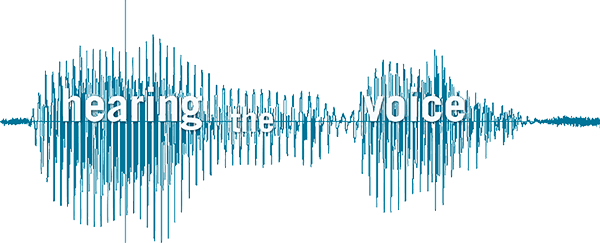Dr Peter Moseley, our postdoctoral research associate in psychology, reviews a recent special issue on hallucinations in the Journal of Consciousness Studies.
The Journal of Consciousness Studies has a new special issue, on the subject of hallucinations. There are eight journal articles, four of which are written by philosophers, and four by psychologists. Unfortunately, these articles aren’t available to read freely online so I’ve produced a brief summary of the special issue below for those interested.
Firstly, it should be noted that the issue uses a pretty broad definition of ‘hallucination’. So, this doesn’t just include voice hearing, but also hearing other noises, visions, and any other sensory experience in the absence of an external stimuli. We recognize that the term ‘hallucination’ may not be the preferred term and may seem un-necessarily pathologizing, but since it is used in the special issue, we’ll stick with it for this blog post.
A common theme of the issue is that our current understanding of hallucinations is limited by a number of factors; in their introductory editorial, Riccardi and Laroi argue that our current psychological models of hallucinations are not fine-grained enough to account for the wide variety in the phenomenology of hallucinations, and fail to integrate cultural, social, biographical or clinical factors, despite it is clear that these are of crucial importance. They argue that our models are also too static to adequately capture a phenomenon such as hallucinations, which are usually very complex, and change over time.
This viewpoint is elaborated on by Raballo’s paper in the issue, which argues that a combination of neuroscientific (‘what’s going on in the brain?’) and phenomenological (‘what is it like to experience?’) approaches may be the best way forward. Belveaux, Cermolacce and Jardri also address this issue, suggesting that these two approaches could be combined to address the question of whether hallucinations can truly be seen to fall on a continuum of severity, or a continuum of need-for-care.
Both Dokic and Piazza, meanwhile, take on the problem of whether a hallucination (e.g., seeing a mug on the table in front of you that isn’t really there) is precisely the same as a ‘true’ perception of a mug on the table in front you. If so, what does this mean about the fallibility of typical perception? Taking a different tack, Nanay asks whether hallucinations and mental imagery can be seen as the same kind of mental states, concluding that the evidence suggests that there is, at least, a substantial common denominator between the two.
Collerton and colleagues discuss visual hallucinations in a number of different groups – healthy individuals, individuals with eye disease, individuals with Parkinson’s disease, and individuals with Lewy Body dementia. They outline some key differences between visual hallucinations in these groups and voice hearing; for example, emotional state seems to play a much less important role in visual hallucinations than it does for voice hearing. However, Collerton et al. argue that we should not view visual hallucinations as an ‘aberrant’ symptom of disease, but instead a ‘price for maintaining a higher degree of functionality than would otherwise be possible’.
Finally, Hearing the Voice’s own Ben Alderson-Day and Charles Fernyhough ask whether auditory verbal hallucinations (hearing voices) are irreducibly social in nature, concluding that standard psychological models of voice hearing would be improved upon by acknowledging the importance of social aspects of voice hearing. They outline ways that speech and language processes involved in voice hearing also involve socially important information, arguing that the social characteristics of voice hearing can be explained without appealing to completely separate cognitive systems.
Taking the issues raised by these papers, Riccardi and Laroi make a number of recommendations for the field of hallucinations research. Firstly, we should integrate data from multiple different pathologies (rather than simply focusing on people with a diagnosis of schizophrenia), as well as working with people with no diagnosis. Rather than just focusing on hallucinations in the auditory modality, researchers should also focus on other modalities such as vision, but also smell, taste, and feelings of presence – which are understudied areas. Further, researchers should expand their research beyond neurobiology, to include social and cultural factors that may be important in hallucinations. Finally, they propose that a crucial area going forward will be to research the ‘developmental profile’ of different forms of hallucinations; that is, how (if at all) do they change over time, both at onset and throughout the lifespan?
These recommendations very much align with our research goals at Hearing the Voice. Our aim is to combine as many different perspectives as possible in order to provide a better understanding of the experience of hearing voices, and to draw on insights from the personal, clinical, scientific, literary, cultural and political spheres.

